Why does skin pigmentation happen?
Skin pigmentation is just one of the side effects of ageing – but some skin is more prone to this condition that others. Common in both men and women, sun exposure and hormones are usually to blame. While the severity of this issue varies dramatically, in some cases pigmentation can affect confidence too. If skin pigmentation is getting you down, why not visit our team at AP Skincare to discover the best skin pigmentation treatments Blackburn has to offer.
What is skin pigmentation?
Skin pigmentation is essentially the discolouration of the skin. It’s a condition that causes the skin to appear lighter (hypopigmentation) or darker (hyperpigmentation) than normal.
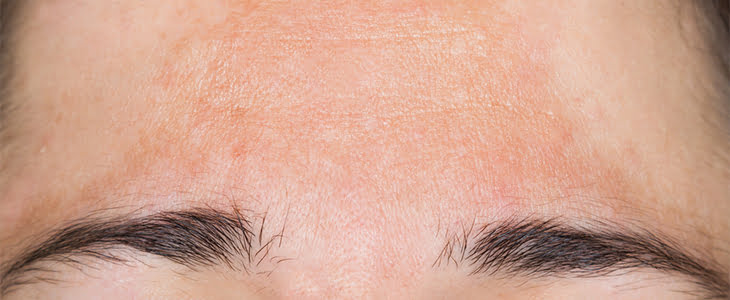
Why does it happen?
Hypopigmentation appears when the skin produces too little melanin, which protects the body from damageing ultraviolet light. Hyperpigmentation – otherwise known as age spots – appears when the body produces too much melanin. As a result, this makes the skin appear darker than usual. Hyperpigmentation is usually found in areas frequently exposed to the sun such as the face, hands and arms.
The main factors contributing to skin pigmentation include:
- Excessive sun exposure – Sunlight triggers the production of melanin, which can lead to hyperpigmentation.
- Hormones – When oestrogen and progesterone stimulate the overproduction of melanin, melisma or chloasma (a type of hyperpigmentation) can occur. This typically affects pregnant women.
Skin pigmentation treatment at AP Smilecare
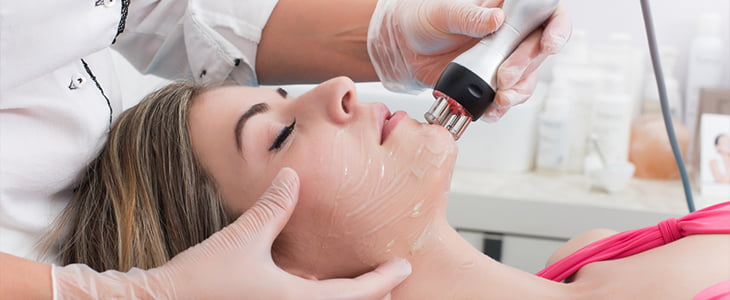
At AP Skincare, our skin pigmentation treatments are bespoke to your skin type. We usually recommend peel, lasers and moisturisers with SPF 50 protection for those with paler skin types.
Chemical peels are one of the best ways to tackle pigmentation – especially for those with paler skin tones. It removes the layers of skin with hyperpigmentation and reveals new, evenly pigmented skin. The natural acids we use, found in fruit, sugars and plant extracts, are safe to use on the skin and can also help cleanse, decongest and hydrate your skin.
Prior to your chemical peel treatment, we’ll give you homecare products to use to prep your skin for the treatment. This will activate your skin and ensure you get the most out of the treatment while preventing post-treatment irritation.
The chemical peel itself takes just 30 minutes. Your skin may look a little red after the treatment but you shouldn’t feel any pain or discomfort – just a slight tingling sensation.
For maximum benefit, we recommend a course of six chemical peels – one a week. After this, your new, youthful look can be maintained with one chemical peel every six months.
Those with darker skin tones usually benefit from a slightly different description, including our EDermaroller Collagen Therapy.
If you’re looking for other ways to give your ageing skin a boost, why not explore our Anti Ageing skincare range. With moisturisers and serums for every skin type, you’re sure to find the perfect solution for your skin.
Have you tried any of the treatments mentioned in today’s blog? If so, why not leave us a review over on Twitter. Tell us about your skin condition and treatment results @APSkincare_


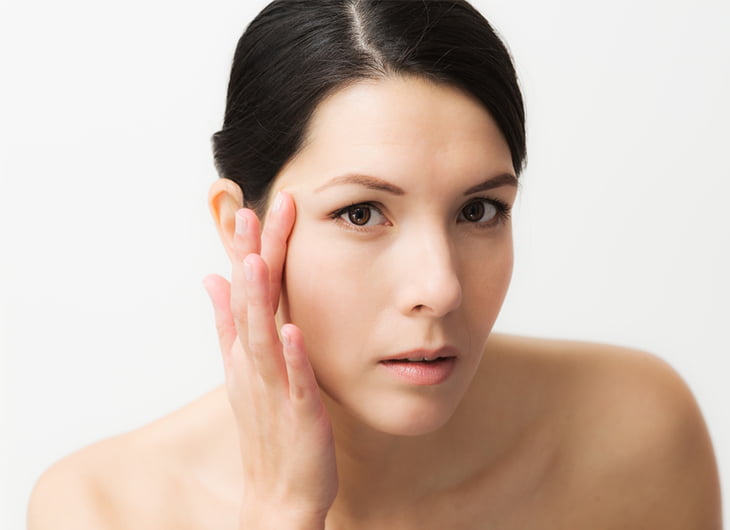





 Dentures
Dentures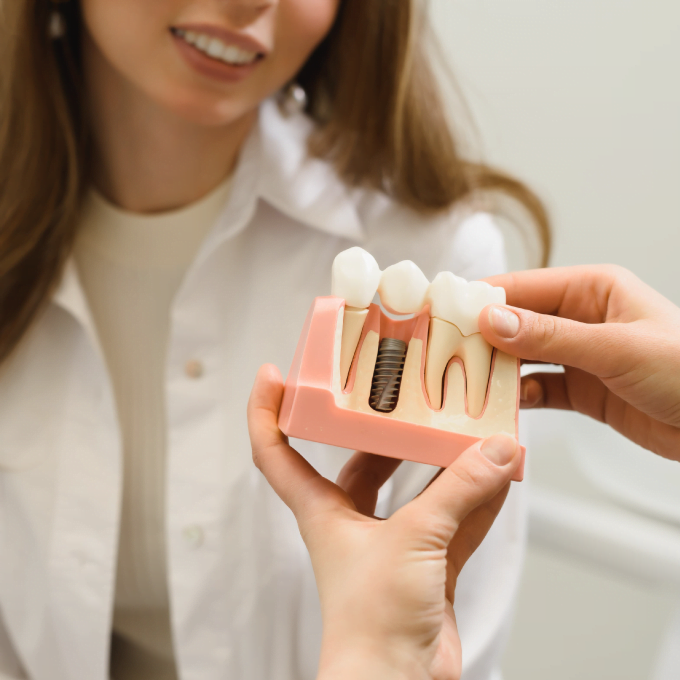
 Dental Implants
Dental Implants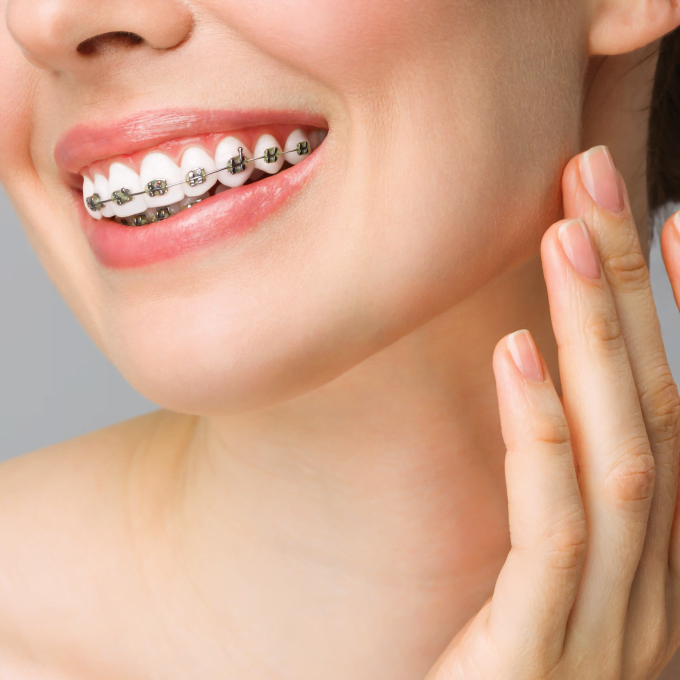
 Braces
Braces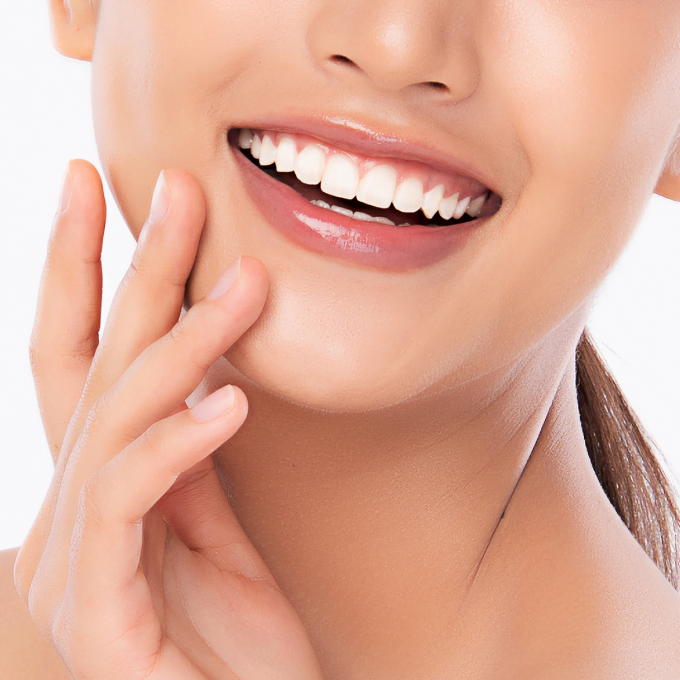
 Teeth Whitening
Teeth Whitening
 Smile Makeover
Smile Makeover